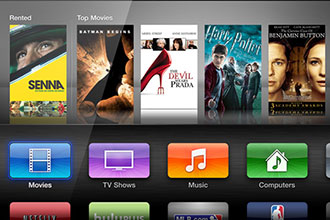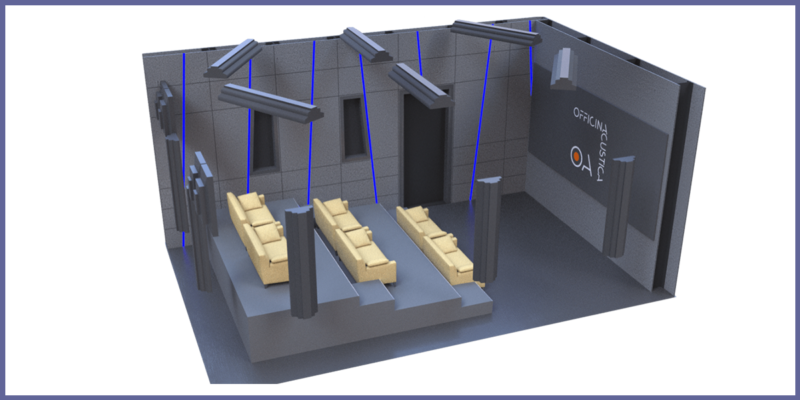Media Servers Never Worked Out, And That’s Good
 There are those who say that the greatest curse is remembering.
There are those who say that the greatest curse is remembering.
Occasionally, I’ll go back into the archive on my hard drives of AV articles I’ve written in years past and browse. And I cringe when I read stories and editorials I wrote where, with the perspective of time, I can see that I was painfully and often hilariously wrong.
Here’s a perfect example: The headline of a story I wrote in 2008 reads “Why Home Servers Are the Future of Networked Entertainment.”
Well, as it happens, they weren’t and aren’t.
Oh, but I made many convincing arguments. I pointed out how that year at CEDIA Expo there were 23 exhibitors in the media server category vs. 12 in 2007.
I also pointed out that falling prices in memory would impact the growth of affordable brands. I hypothesized and used a clever metaphor, which is that while media servers were once in the Rolls-Royce price range, they were now trickling down to the Mercedes or Lexus price range, and wondered how much further it would be until we saw Toyota pricing, where most residential AV clients could have one.
And yet, here we are in 2013, five years later, and by all appearances media servers as a category remain a barely populated backwater on the AV highway.
Why is that, do you suppose?
There are a bunch of reasons, but let’s start with two: streaming and home networks.
Back in 2008, none of us really had a grasp of how much the bandwidth to people’s homes would explode over the next five years.
I know, because every time I wrote a story that suggested that streaming would become a big deal I received a deluge of hatemail and angry comments from know-it-all busybodies tripping all over themselves to refute me.
“Never happen!”, they chirped, “Yadda, yadda, too much bandwidth, yadda, yadda, Last Mile, yadda yadda.”
Fast forward, and we’re awash in bandwidth, not just on via copper cable networks, but over also through mobile wireless networks too. Here in Canada, vertically integrated carrier Bell hypes subscriber access to Bell Cable HD network programing via their smartphones as a selling feature. The capabilities of people’s home networks have rendered a dedicated media server redundant.
Who needs what basically amounts to an overpriced PC with HDMI outputs when the integration capabilities to put AV equipment like surround recievers and home computing together have become so simple? Your AVR can talk to your PC or Mac, and vice versa, both can connect to your AppleTV and you can control all of it with your iPad.
All that bandwidth and the growing sophistication of people’s residential AV/IT systems have given rise to the dominance of Netflix, AppleTV, Hulu and all the others, and sounded the death knell of dedicated servers.
Ironically, one of the points I made in that old article that underlined how media servers would take over was one of convenience: how accessing your movies and TV shows with a few button-presses is so much less tedious than having to deal with physical media. After all, opening a box and putting a disc into a player is a hassle (although, a First World Problem if I’ve ever seen one).
Really though, is there anything easier than surfing for content via a streaming service?
I know that streaming still has its critics. My friend Igor Kivritsky, owner of Vancouver’s HiFi Centre, and who’s always good for an acerbic quote has gone on at length that streaming isn’t good enough for serious videophiles, which is why his store still backs Kaleidescape. But for everyone else, “OK” HD and sound quality appears to be good enough, which is why streaming has achieved dominance.





